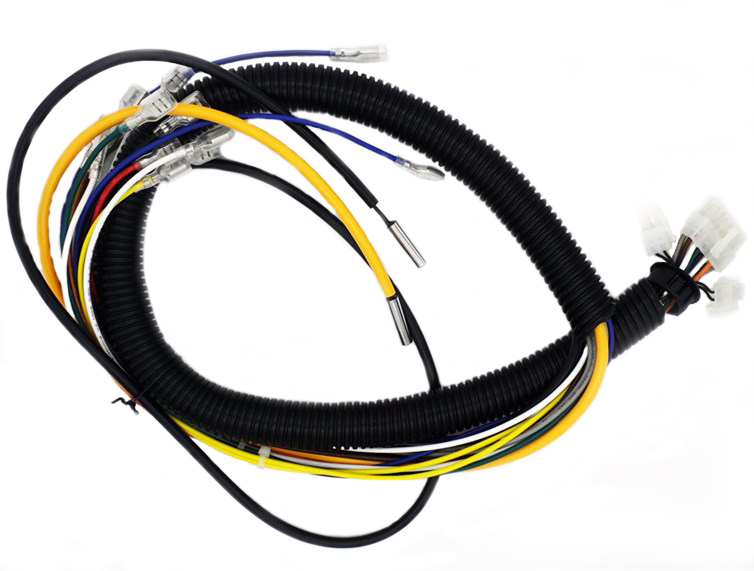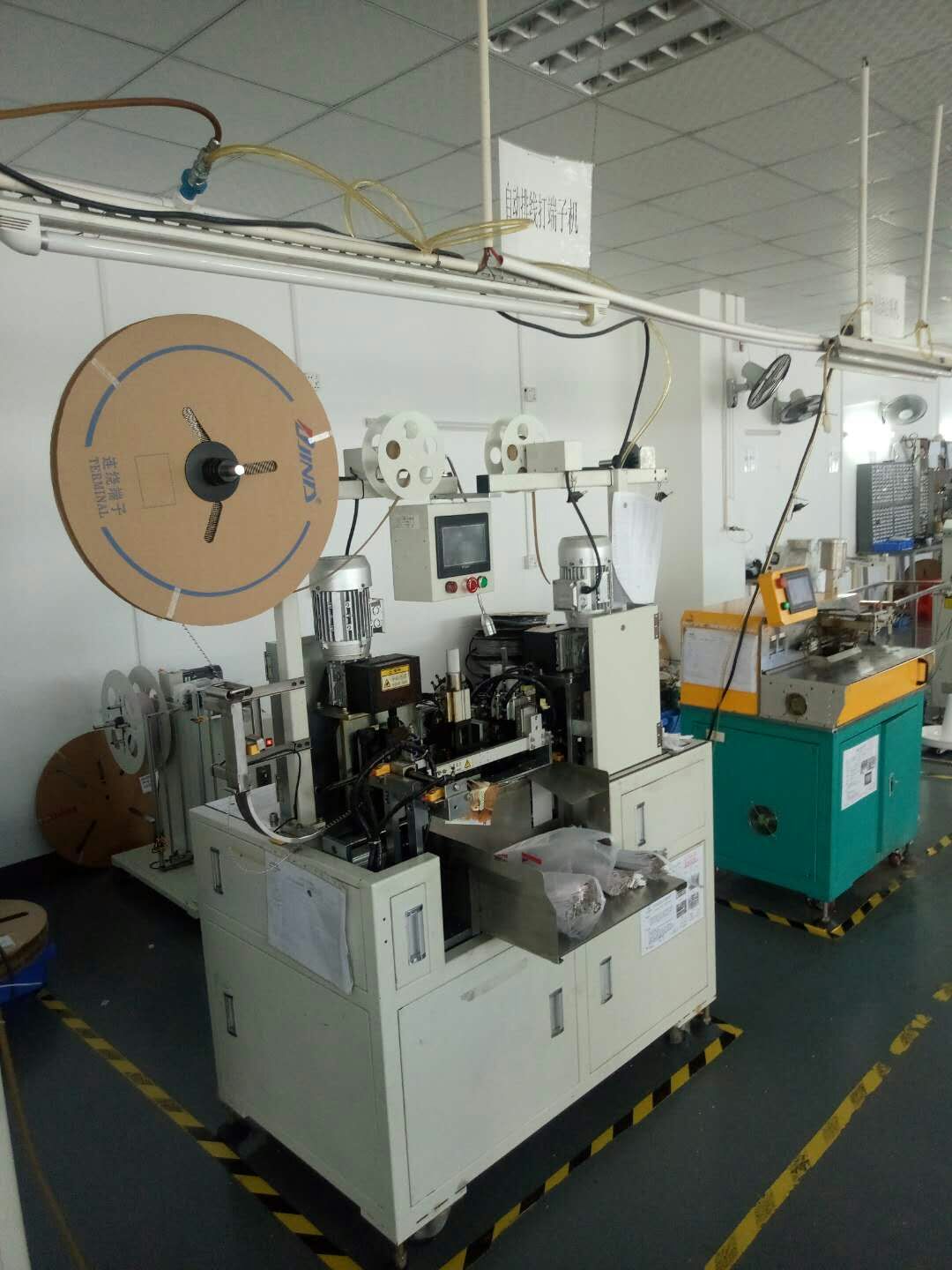In order to realize the dynamic lighting design of the LED, it is necessary to control the light color quantity of the light source in real time to modulate the spectrum that meets the requirements of photobiology.
The amount of light color here is a combination of light metrics and color metrics. LED dimming methods commonly used are analog dimming and PWM (Pulse Width Modulation) dimming. The former is a linear adjustment of the LED current, the latter is the use of a switching circuit to change the average of the light output at a frequency sufficiently high relative to the human eye. Preventing color metric offsets is important during dimming. There are two main factors that cause color shift: forward conduction current and PN junction temperature. The color difference produced by analog dimming depends on both, and PWM is primarily determined by the latter. Under normal circumstances, PWM produces a small color difference (white LEDs do not exceed 4SDCM due to junction temperature), and the color difference caused by PWM dimming is not considered in engineering practice.
The PWM driven by constant current has the following characteristics: changing the duty cycle of the LED, the light metric changes linearly and the color metric remains constant. Both the light metric and the color metric are integers that are integer multiples of the average of the square wave period. PWM has also been widely used in engineering practice due to its wide adjustment range.
At present, there is relatively little research on PWM dimming and color grading . Previously, there was a lack of a quantitative calculation scheme that used PWM to simultaneously control the light metric and color metric of the source. Aiming at the above problems, a two-channel PWM dimming color mixing model is proposed, which establishes a one-to-one mapping between the desired light color quantity and the two-channel duty ratio. The algorithm can quantitatively modulate the spectrum of desired luminosity and chromaticity, which provides an effective implementation method for LED dynamic lighting design.
method
1, the determinism of two-channel PWM dimming
In theory, it can be proved that by mixing the LEDs, there is a certain mapping relationship between the duty ratio of the two-channel PWM and the amount of light of the mixed light. This certainty is determined by the geometry, luminosity, and chromaticity constraints of the PWM mixing technique.
1.1, geometric constraints
From the knowledge of colorimetry, the chromaticity coordinates of the mixed light must be on the line connecting the two light source chromaticity coordinates of the mixed light, and the specific position depends on the mixing ratio of the two light sources. This represents the geometric constraints of the two-channel PWM mixing, which is expressed as follows:

Where: xc, yc, and xw, yw are the color coordinates of the cold light source (high color temperature LED) and the warm light source (low color temperature LED) participating in the mixed light at full current and duty cycle of 100%, respectively; xm, ym are The color coordinates of the mixed light.
1.2, photometric constraints
The PWM duty cycle of the driving LED is changed, the color metric is unchanged and the light metric is linearly changed accordingly, and the ratio of the light metric is equal to the duty ratio. Depending on the test conditions, the light metric can be luminous flux, illuminance, brightness, or light intensity, and the color metric can be chromaticity coordinates or correlated color temperature.
If the duty cycle of the two sources is known, the light metric of the mixed light can be calculated in conjunction with the superposition principle as follows:

Where: Yc, Yw are the light metrics of the cold light source and the warm light source participating in the mixed light at full current and the duty ratio is 100%; Dc and Dw are the duty ratios of the cold light source and the warm light source respectively; Ym is the mixture Light metric of light. This is the photometric constraint for two-channel PWM mixing.
1.3, chroma constraints
According to the principle of additive color and CIE1931 color coordinate calculation method, the color coordinates of the two light sources after the duty ratio is Dc and Dw respectively should satisfy:

Where: Rc = Y c / yc , Rw = Yw / yw . In fact, it is known from the geometric constraints that when the chromaticity coordinates of the two light sources and the x-coordinate of the mixed light are known, the y-coordinate of the mixed light is determined and unique. Therefore, the chroma constraints of the two-channel PWM mixed light can be simplified as:

1.4. Quantitative calculation model of two-channel PWM dimming
In PWM mixed light, the duty cycle is the only factor that controls the amount of light. If the desired light metric is Ym and the desired color coordinate is (xm, ym), the two-channel duty cycle can be obtained in conjunction with luminosity and chromaticity constraints. If the desired color metric is the correlated color temperature, then the desired correlated color temperature is first converted to the desired color coordinate in conjunction with the geometric constraints. The conversion method is as follows: the Tm isotherm is made in the CIE1931 chromaticity diagram, and the intersection of the line of (xc, yc) and (xw, yw) and the isotherm is taken as the desired color coordinate (xm, ym). The forms of simultaneous (2) and (4) and written as a matrix are as follows:

From the knowledge of linear algebra, the equations have a unique solution when xc ≠xw and yc ≠yw. It can be seen that the duty ratio given the desired chromaticity and photometric value is determined and unique. At this point, calculating the duty cycle and calculating the amount of light in the mixed light is a reversible process.
Shareconn development co.,Ltd have more than 15 years experience in wire harness. we always manufacture automotive wireharness, Sensor Wire Harness, LVDS wire harness and Electronic Wire Harness, according to IPC 620 standard.
Our factory can offer FAI and Environmental protection certificates.
We inspect all wire harness 100% percent before we ship out. We ship all goods with OQC inspection reports and COC reports.
Our factory is qualified with ISO9001:2008, ISO13485:2003 and TS16949:2009 certificates, equipped with high-end automatic production equipment, like automatic crimping machines, automatic wire cutting and crimping machines, automatic crimping and tinned plate machines, etc. 

Wire Harness Assemblies,Wiring Assembly,Wire Harness Assembly,Custom Wire Harness Assemblies
Shareconn Development CO.,LTD , http://www.share-conn.com
